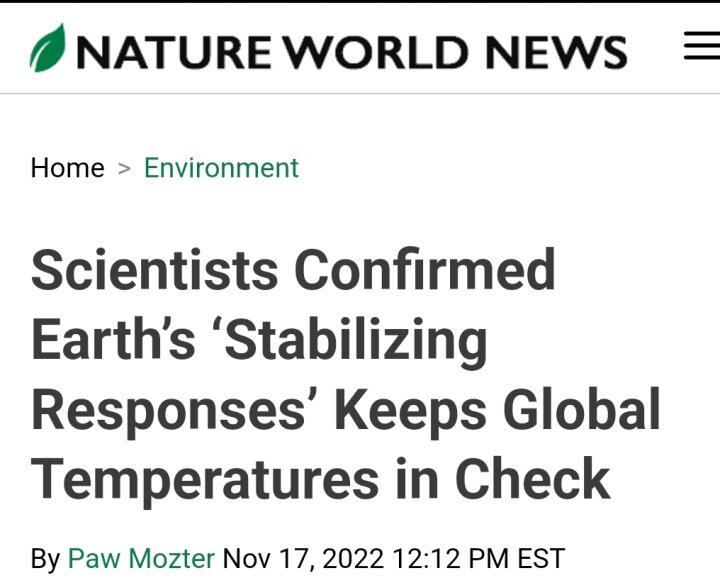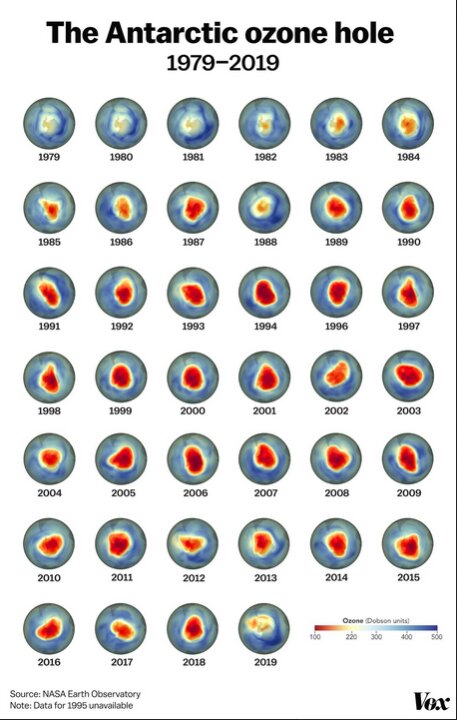@
checkoutanytime asks
how do CO2 levels have anything to do with climate change?
Gosh, I'm SO GLAD you asked me that!! Here's a re-post of an answer I wrote earlier to that question.
but I've yet to hear a rational explanation of how miniscule increases in an atmospheric trace gas such as CO2, causes the earth to warm.
It's because CO2 & methane are transparent to visible light but more opaque to infrared. The solar energy comes pouring in via the visible spectrum, but the heat can't leave so easily via the infrared spectrum due to that opacity. Kids' version:
https://www.sciencenewsforstudents.org/article/explainer-co2-and-other-greenhouse-gases
idealized quantitative model: https://www.climate-policy-watcher.org/coriolis-force/a-simple-mathematical-model-of-the-greenhouse-effect.html
In order to actually prove human carbon emissions influence climate, all variables would have to remain constant
Nope. With multiple data points we can solve for multiple variables simultaneously. Detailed climate models account for all the variables you list and more. They are verified and calibrated based on 700,000 years of prior climate data.
http://web.mit.edu/globalchange/www/climate.html
Global warming models are based on small amounts of data. The earth is 4.6 billion years old, and we are expected to believe they can draw conclusions based on a hockey stick graph with 50 years of data?
Nope, not 50 years, 800,000 years, covering about 7 ice ages. The climate data comes from bubbles in glacial ice, and is corroborated by data from lake & sea floor sediments.
https://icecores.org/about-ice-cores
CO2 & methane & temp data
Here's
where the various data sets were collected:
The most salient thing about the 800,000 years of climate data is the rate of change during those previous 7 ice ages compared to the current rate of change this century.
Where does the money for climate research come from?
Fair question - it comes mostly from the National Science Foundation. Equally fair: where does the money for climate denial come from? The US oil industry makes about $110
billion per year; coal another $20 billion. Big Oil spends $3.6 billion per year on advertising; a sum equal to about 8X the whole NSF climate budget. You're not naive enough to believe
none of that money goes to propaganda, are you?

















